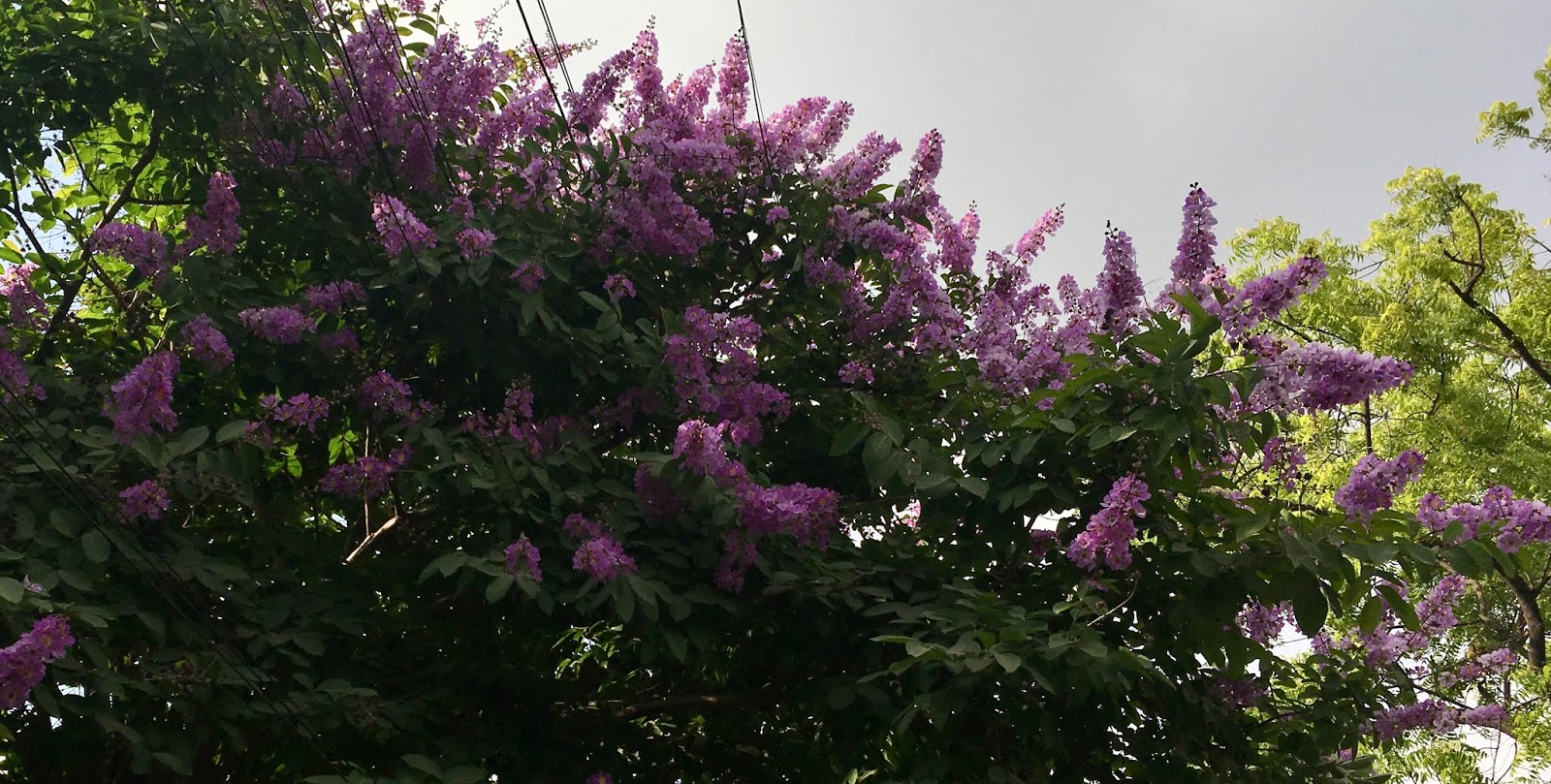Posts

Posted by
Flowergirl
Chennai summer colours
- Get link
- X
- Other Apps

Posted by
Flowergirl
Palaash Blossoms and Rosy Starlings - by Yuvan Aves
- Get link
- X
- Other Apps

Posted by
Flowergirl
The slowly vanishing wetland of Chennai still teams with life
- Get link
- X
- Other Apps

Posted by
Flowergirl
Pride of India, indeed
- Get link
- X
- Other Apps

